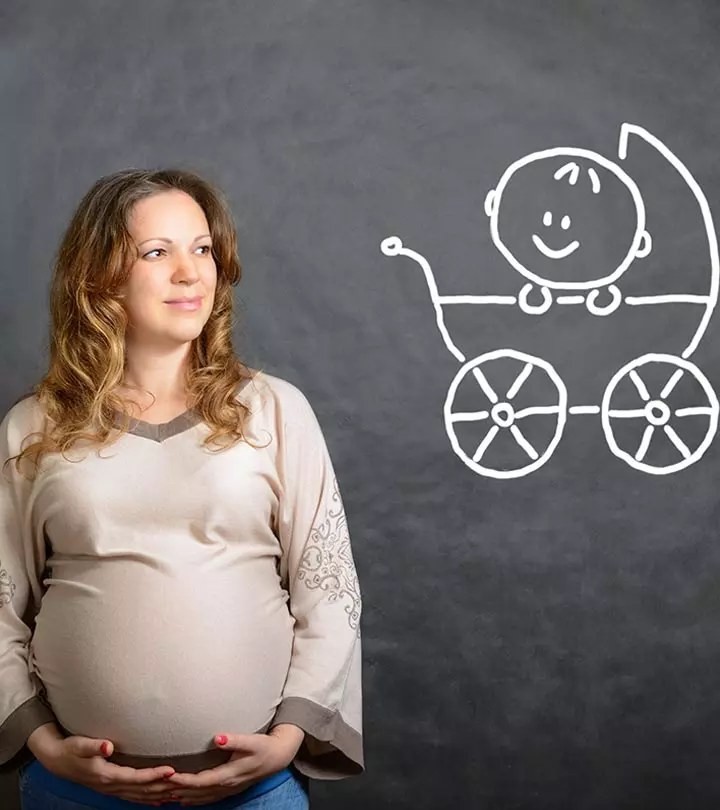

Image: iStock
A rare case of paternal twins, or twins from different fathers, has been discovered recently. The set of twins who exhibited many dissimilarities prompted the parents to take DNA tests to confirm their parentage.

The children from northern Hoa Binh province of Vietnam are now two-years-old and are quite distinct; one has dense, wavy hair while the other has thin straight hair.
According to Viet Name News, the twins’ parents feared that they had been handed over a wrong baby at the hospital, so they took a DNA test to confirm if they were indeed the true set of twins.
From the tests conducted at Hanoi Centre for Genetic Analysis and Technology, it turned out that the twins belonged to the same mother, but the thirty-four-year-old husband happened to be the father of only one of the twins which meant that the children were bipaternal.
While bipaternal twins are extremely rare, it is also the first case to be recorded in Vietnam. But a woman can conceive bipaternal twins through two acts of sexual intercourse, according to Dr. Keith Eddleman to the CNN.
One needs to note that the lifespan of a woman’s egg is between 12 to 48 hours while that of sperm is anywhere between seven and ten days. In the interim, there is a possibility for two eggs to be fertilized, suggests Dr. Keith Eddleman.
As of this case from Hoa Binh, the woman testified in court that she indeed had sex with both men within a week.
In medical terminology, bipaternal twins are products of superfecundation wherein two or more ova from arising from the same cycle are fertilized by sperm from separate acts of sexual intercourse. The term Heteropaternal superfecundation is used when two different males father the fraternal twins. However, superfecundation is more commonly used in place of heteropaternal superfecundation. The two are regarded nearly equivalent because superfecundation by the same father is common, occurring through multiple parents can quite naturally be identified.
Superfecundation could happen within hours of the first instance of fertilization with ova from the same cycle – not to forget that sperm could live in a woman’s body for longer (seven days on an average) than the viable eggs (12-48 hours before the eggs disintegrate). The fertile period, therefore, can last for up to seven days.
The example of the Dutch twins – Koen and Teun Stuart – was the result of IVF (in vitro fertilization) arising from fertility treatments that were mixed up in the laboratory whereby the equipment was used twice, and it made another man’s sperm be mixed with that of the intended father’s sperm.
In the case of other mammals such as dogs and cats, heteropaternal superfecundation is common and. Therefore, it’s also common for these creatures to produce litters. The frequency of dizygotic twins (also called fraternal twins) in the case of humans has been found to be 2.4%.
The oddity of bipaternal twins could be one in ninety births.
In 2009, a case of bipaternal twins surfaced in Dallas. The twins were just eleven minutes apart.
It is estimated that 2% of the world’s population is made of fraternal twins, of which 8.3% are bipaternal or of different fathers.
The National Institutes of Health have estimated that at least one in twelve fraternal twins are bipaternal.
Community Experiences
Join the conversation and become a part of our nurturing community! Share your stories, experiences, and insights to connect with fellow parents.












